Jeju Jeolmul Recreational Forest (제주절물자연휴양림)
16.5Km 2023-01-17
584, Myeongnim-ro, Jeju-si, Jeju-do
+82-64-728-1510
Jeju Jeolmul Recreational Forest opened on July 23, 1997. The forest is comprised of both a natural Japanese cedar forest and a man-made forest. The combination of the sea breeze and the shade of the forest canopy over the walking paths make it a cool attraction all year round.
The recreational forest features a promenade, waterfall, pond, grass square, wood-crafting studio, and more. There are forest cabins available for lodging.
Timestamp (타임스탬프)
16.5Km 2024-03-20
1F, 92-1 Sinbuk-ro, Jocheon-eup, Jeju-si, Jeju-do
Timestamp is a distinctive café in Jeju that doubles as a small photo studio. Its hallmark offering is the hallabong ade, alongside a selection of other beverages and desserts like Americano and vanilla latte. In its photo studio, visitors have the opportunity to take ID and souvenir photos, with the added feature of a facility for self-service black and white photography. The café's retro-style interior has made it a hit on social media, attracting many visitors.
Jeju 4.3 Peace Park (제주4·3평화공원)
16.8Km 2021-06-18
430, Myeongnim-ro, Jeju-si, Jeju-do
+82-64-723-4344
Mankind tends to only remember the heroes of civilization. Jeju 4.3 Peace Park was created to remember those who fell protecting their homeland during the Jeju uprising which broke out on April 3, 1948. The park is the symbol of reconciliation and peace, and seeks to open a new chapter of life.
The development project of Jeju 4.3 Peace Park was a result of the reparations for the victims of the Jeju uprising. The 4.3 Special law was promulgated in the year 2000, and the following steps proceeded: property acquisition for the park, master plan of the park establishment, design competitions for the park, construction, exhibits and installations. It finally opened to the public on March 28, 2008.
Pyoseon Haevich Beach (표선 해비치 해변)
18.4Km 2025-01-08
Minsokhaean-ro, Seogwipo-si, Jeju-do
+82-64-740-6000
Pyoseon Beach in Seogwipo is a spacious beach, taking up more than 150,000 m². During low tide, the beach looks like an elegant circle, and it becomes a circular lake less than 1 meter deep during high tide, and displays many different colors. The beach is a great place for children to play and for watching the sunrise. The sand on the beach is formed out of broken shells, and sand baths are believed to be effective for people suffering from neuralgia. Every August, this beautiful beach hosts the Pyoseon White Sand Festival, which offers fun and colorful events. The beach is equipped with excellent amenities (a campground, abundant parking space, dressing rooms and shower rooms) and surrounded by nearby attractions, such as Seongeup Folk Village and Jeju Folk Village Museum.
Jeju Bultapsa Temple (불탑사(제주))
18.6Km 2021-06-15
41, Wondang-ro 16-gil, Jeju-si, Jeju-do
+82-64-755-9283
Located in Samyang-dong, Jeju-si, Bultapsa Temple is a branch of Gwaneumsa Temple, the headquarters of the 23rd district of the Jogye Order of Korean Buddhism. The temple is nestled at the foot of Wondangbong Peak (alt. 170.4 meters). The temple started out as the Buddhist shrine Wondangsa, one of three temples in Jeju during the Yuan dynasty. Most of the temple was damaged due to the Jeju Uprising on April 3, 1948 and it was rebuilt in 1953. Later, the temple underwent renovations and extension works to get to the current conditions. Today, the temple has Daeungjeon Hall, Yosachae monk quarters, Jonggak Bell Tower, and Cheonwangmun Gate. The temple's five-story stone pagoda is Jeju's only stone pagoda from the Goryeo dynasty. It was designated Treasure No. 1187 in November 1993.
Lumiverse: Island of Light (빛의 섬 루미버스)
19.0Km 2025-07-14
631-34 Minsokhaean-ro, Pyoseon-myeon, Seogwipo-si, Jeju-do
Lumiverse: Island of Light is an evening theme park set in a Jeju folk village as a local-hip cultural entertainment attraction. A gigantic multimedia show and characters inspired by Jeju's folklore bring the night alive. The attraction's name is a portmanteau of "Lumi," wich means light in Latin, and "-verse" from the word "univserse," and is a brand that aims to recreate Jeju's mythical world with lights and arts. Visitors are invited to enjoy the evening with Jeju's mythical gods and goddesses, including the legendary guardian goddess Elderly Mago. The attraction is divided into seven illuminated themed zones, each focusing on one of the seven gods and goddesses. Each theme is decorated using lights, artworks, sound effects and narratives that are sure to enchant one's mind.
Jeju Folk Village (제주민속촌)
19.0Km 2025-03-17
631-34 Minsokhaean-ro, Pyoseon-myeon, Seogwipo-si, Jeju-do
Jeju Folk Village reproduces the old life of Jeju in the 19th century. More than 100 traditional Jeju houses and folk culture are being recreated and exhibited through archival research. The village is planted with local trees and flowers from Jeju and Korea, so visitors can enjoy flowers in all seasons. It features themed exhibition halls, model houses, and traditional folk games, attracting numerous visitors.
Haevichi Hotel & Resort Jeju (해비치 호텔&리조트 제주)
19.0Km 2025-09-16
537, Minsokhaean-ro, Seogwipo-si, Jeju-do
+82-64-780-8100
Haevichi Resort is a luxury condo-style resort operated by Hyundai Group set within the cultural and natural landscape of Pyoseon on the eastern coast of Jeju Island. Rooms offer views of Hallasan Mountain and the ocean, as well as the 36-hole golf course, open to guests year-round. Additional amenities include an outdoor heated swimming pool, eight restaurant & bars, and children's entertainment facilities.
Halla Ecological Forest (한라생태숲)
19.1Km 2021-06-11
2596, 516-ro, Jeju-si, Jeju-do
+82-64-710-8688
Spanning 196 hectares, Halla Ecological (Eco) Forest is home to 288,000 trees representing 333 indigenous plant species. Having been designated as a conservation area, the forest provides plenty of great opportunities to observe and learn about Jeju's diversified ecosystem through various facilities including an observatory, plant nurseries, walking trails, and more. The forest also features 13 themed forests with low-impact facilities to preserve the essence of the forest. Visitors can sign up for the forest experience program to enjoy the walking trails within the forest.
Jeju Camellia Village (제주 동백마을)
19.3Km 2025-01-02
22-1 Hansin-ro 531beon-gil, Namwon-eup, Seogwipo-si, Jeju-do
Located in Seogwipo, Jeju Camellia Village has a 300-year history with its native camellia trees, and is involved in various projects. Visitors can explore the 300-400-year-old camellia trees scattered throughout the village, purchase authentic camellia oil from the community-operated mill, and participate in various experience programs such as camellia soap-making and cooking classes using camellia oil. From October to March, visitors can also purchase tangerines, locally produced by the village residents. The local community is dedicated to preserving the camellia forest for future generations, offering visitors a chance to experience the village’s beauty.

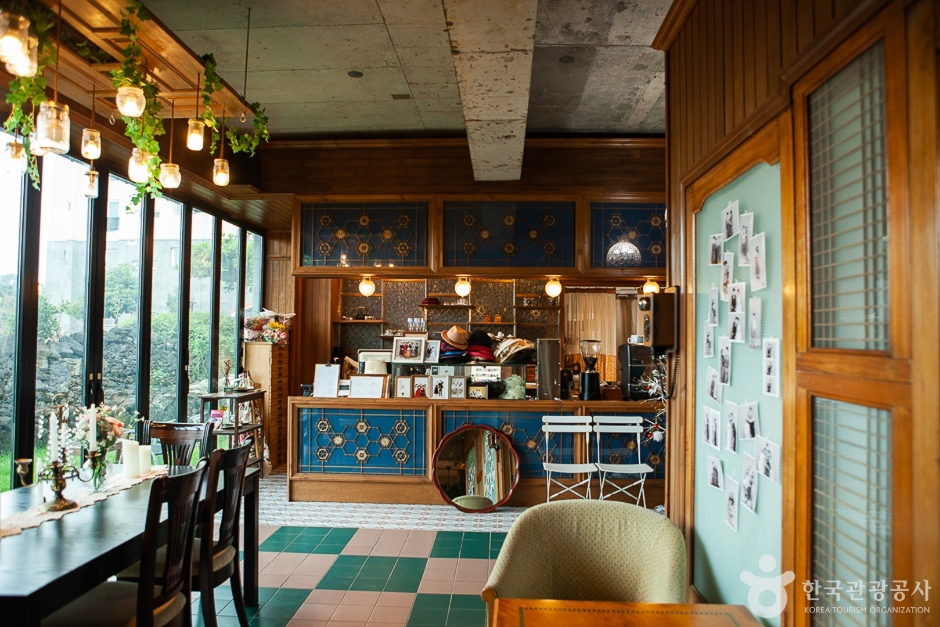

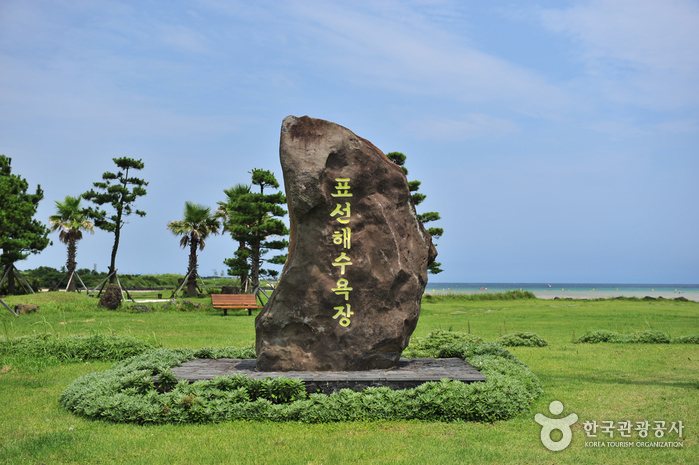
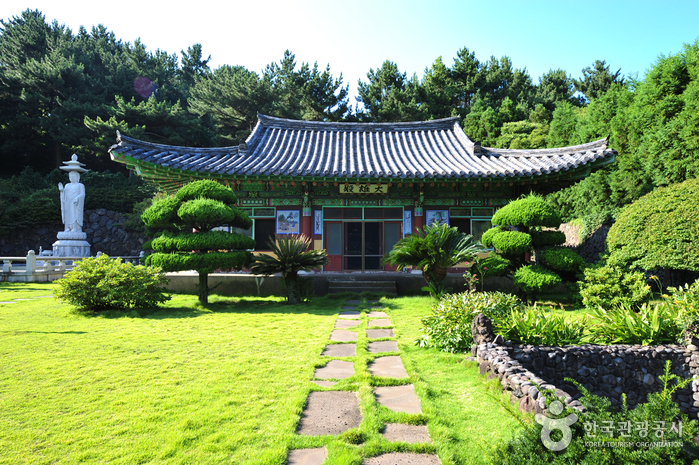
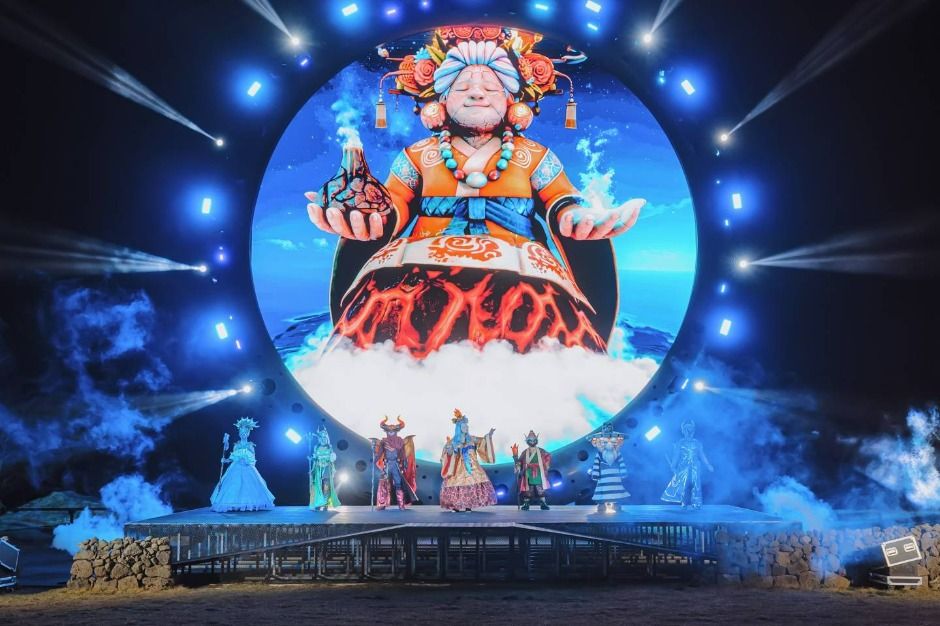

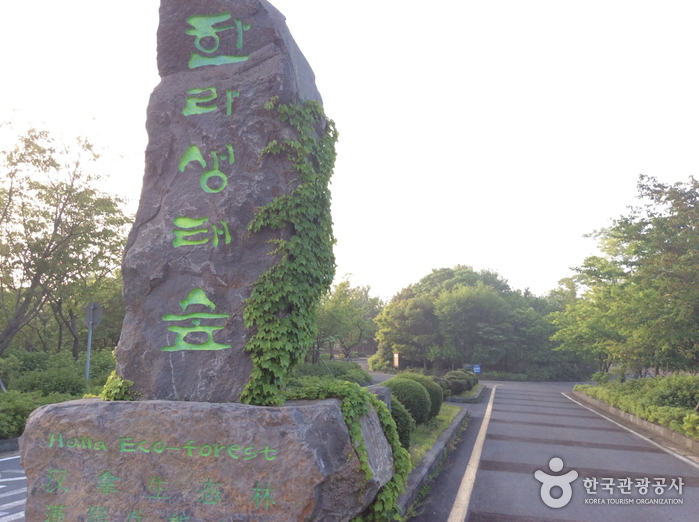
 English
English
 한국어
한국어 日本語
日本語 中文(简体)
中文(简体) Deutsch
Deutsch Français
Français Español
Español Русский
Русский